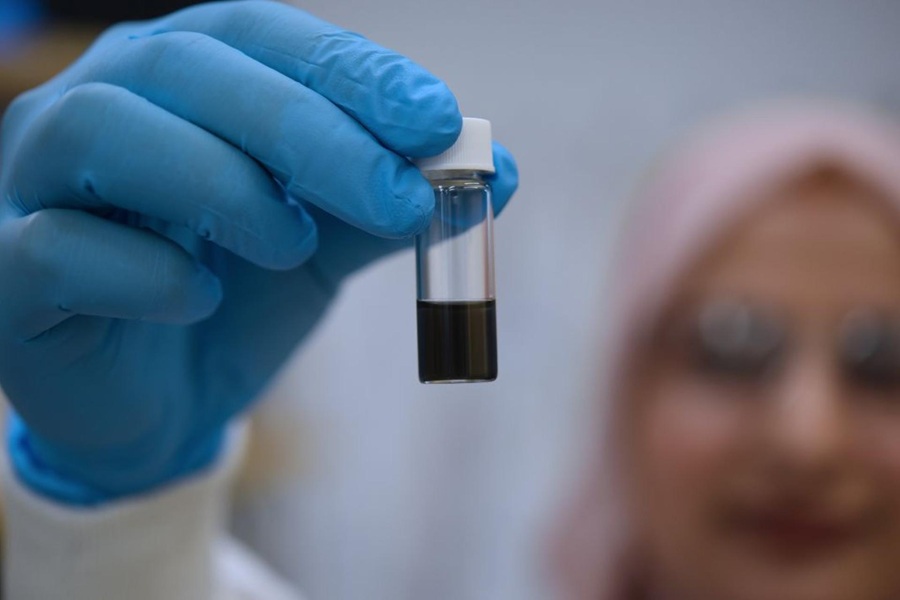Virtual Microscopy System Makes Slides Accessible Everywhere
By Labmedica staff writers
Posted on 04 Aug 2008
A virtual microscopy system offers new features to enable users to quickly and easily examine slides without being near a microscope.Posted on 04 Aug 2008
The dotSlide workstation and server system are equipped for optimal speed, precision, security, and performance and enable fully controllable remote access, whatever the requirements. Data and associated meta-data are saved in a data management system so that slides can be scanned in one location and reviewed almost instantaneously in another, by users anywhere in the world via a web browser.
The dotSlide system features a robotic arm that places the slides onto a stage holder and an integrated barcode scanner that ensures that any bar-coded metadata are automatically loaded and linked with the resultant virtual image.
All dotSlide models use the advanced Olympus (Hamburg, Germany) BX51 microscope, which offers excellent optical performance. The standard dotSlide MD system is fluorescent-compatible, allowing slides and metadata to be loaded manually and the virtual file created automatically based on the user's preferences. With dotSlide SL, slides are automatically loaded from the slide loader, which holds up to 50 slides in five trays. The dotSlide TMA is a complete system incorporating a tissue microarray (TMA) module with the new client-server database Net Image Server (NIS) SQL.
This combination facilitates the acquisition of small tissue cores as single images, which are then immediately uploaded together with the relevant metadata and overview of the TMA slide to the NIS SQL database for traceability.
The newest Olympus dotSlide 2.0 offers additional innovative functions and is even easier to use. The user is guided through the virtual slide acquisition process step-by-step by an intuitive Scan Wizard. This graphical user interface (GUI) features large control icons and allows inexperienced users to produce perfect image results with minimal training. The system is capable of scanning multiple large specimens in up to 15 Z-planes. Virtual Z allows the reviewer to simply focus through the specimen, as well as to examine regions of interest in different dimensions. The system enables better observation for remote consults, as well as consistent training for students and pathologists.
Related Links:
Olympus














